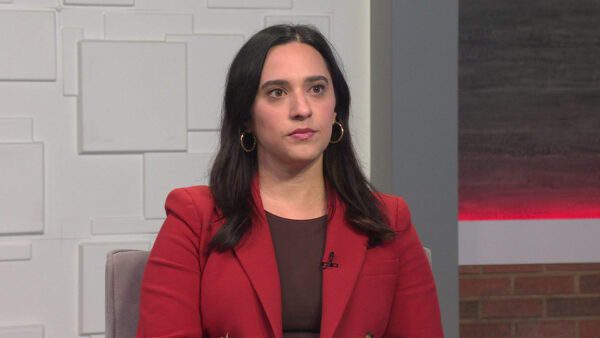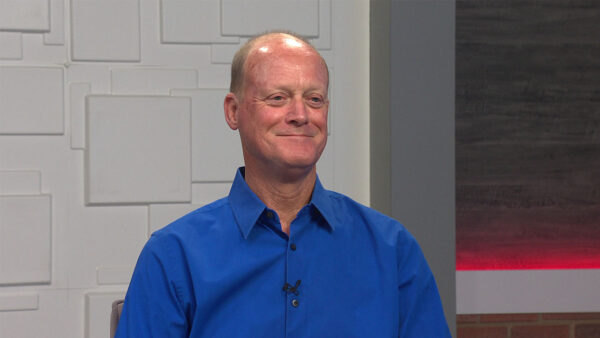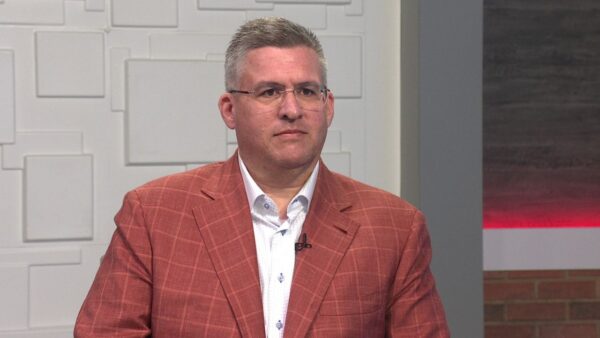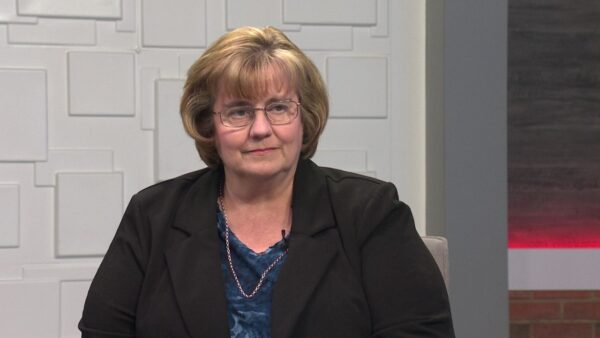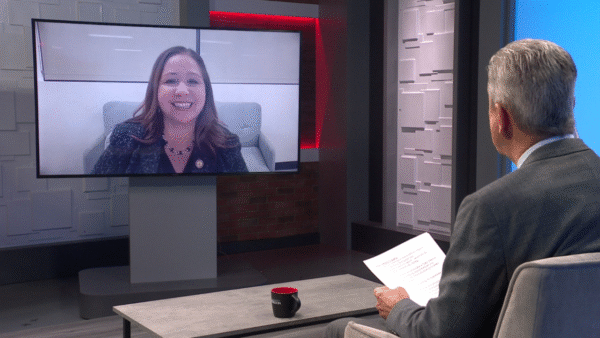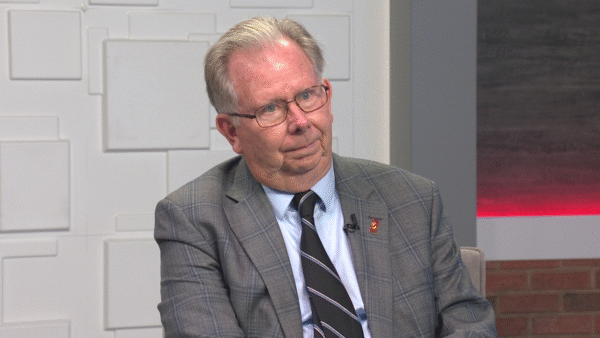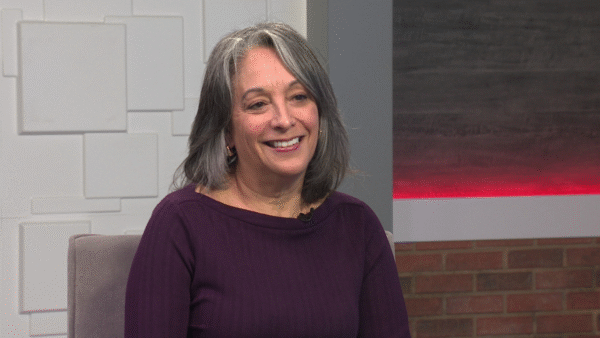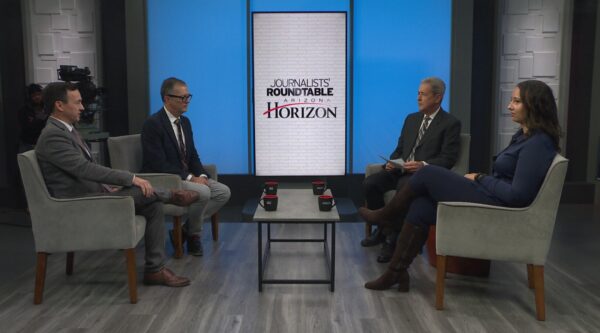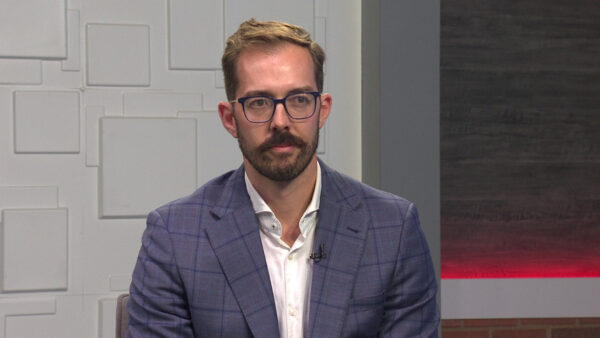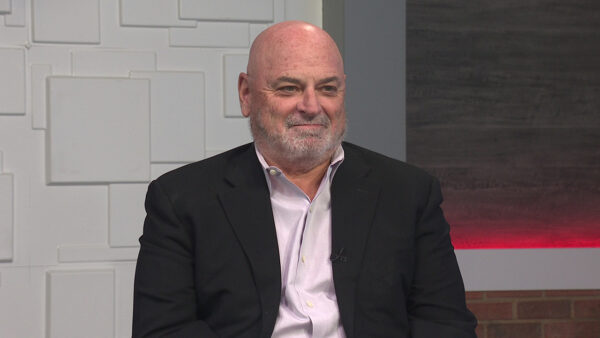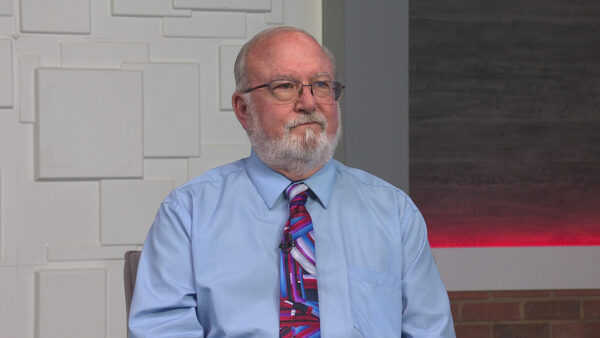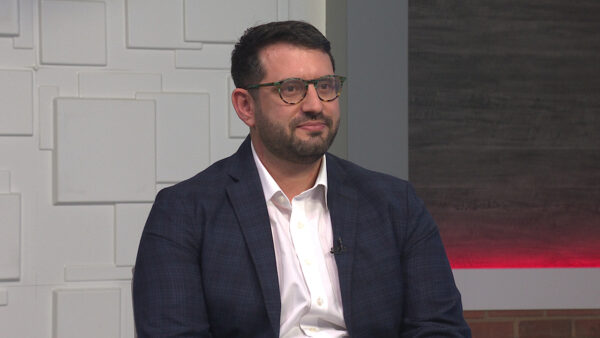The Arizona State Retirement System is a $28 Billion system with over half-a-million members. Its ten-year-rate of return has been over six percent. Paul Matson, the Chief Executive of the Arizona State Retirement System, will give us a status update on the pension system and will talk about a plan being proposed in congress that would uses private insurance companies to pay out annuities for public pensions.
Ted Simons: The Arizona state retirement system is a $28 billion pension fund with over half a million members. The trust fund posted a 12% gain in investment last fiscal year, but the system is still catching up to cover investment losses during the recent recession. Joining us now is Paul Matson, chief executive of the Arizona state retirement system. It's good to have you here.
Paul Matson: My pleasure. Thank you.
Ted Simons: Let's get some -- What is the Arizona state retirement system? Define the terms here.
Paul Matson: Excellent. Excellent. The Arizona state retirement system is the largest pool of assets in the state of Arizona. It's approximately $30 billion of assets, we have approximately 535,000 members. Which approximately 115,000 are retirees. So we look after the money for state employees, teachers, municipal employees, and county employees with the exception of city of Phoenix, city of Tucson, and police and fire.
Ted Simons: OK. Is the state pension plan underfunded as we speak?
Paul Matson: Yes. Most pension plans are underfunded. The funding ratio at the last measurement period was approximately 74,75%. And then the contributions, that's why you see contribution rates have risen over the last since 2003. And the reason you've seen them rise is predominantly to pay down the deficit.
Ted Simons: When you say the contributions have increased that means more workers are paying more into the system. No cost of living raises again this year?
Paul Matson: Correct.
Ted Simons: Because of that still trying to catch up.
Paul Matson: Yeah. The cost of living, technically the Arizona state retirement system it's not a cost of living per se, it's an excess earnings payment. So in the portfolio that is managed by the Arizona state retirement system has excess earnings, a percentage goes out to retirees. Irrespective of whether or not there's inflation. So there has not been such excess earnings for -- Since 2006 and as such no excess -- As such no excess payments.
Ted Simons: This is different from P.D. and fire and correction and elected officials. They are getting the payments but they're not quite as healthy as your system?
Paul Matson: They have a different funded status and different payment mechanism. If you look across the United States you have different pension plan structures. And some pension plans actually pay no excess payments to retirees, some pay a fixed amount based on inflation. In Arizona you have two models. Some pay a fixed amount on excess earnings, some pay a fixed amount based on a long-term series of potential excess earnings. We look at a 10-year horizon and we'll only pay for excess earnings over a 10-year period or beyond what our targets were.
Ted Simons: And indeed, recent stock market gains good news for the last couple fiscal years. Correct?
Paul Matson: Absolutely. Our long-term rate of return is approximately 9.8%, and that starts from 1975, so we collect data from 1975 going forward, just under 10%, about 9.8% rate of return. The short-term rate of return for one year will be about 11.9% for two years or three years about 11 or 12. It's the short medium term period between five and seven that we're hovering around six, 7.5% rate of return. That's what time will have to push up before there's an excess payment.
Ted Simons: You're hovering there because of as much of an 18% floss '08-'09?
Paul Matson: Correct.
Ted Simons: The numbers go crashing when the market goes crashing.
Paul Matson: There were a number of things that happened in the late 90's and early 2000s. Number one, the benefit design was enhanced. So the benefit structure in the late 90's was enhanced so more payments went out to retirees. In other words the benefit structure was increased. Almost at the same time as you went into a period that you had two negative stock return periods. Or two bear markets in the 2010s. We'll call it A-1.com, A-1.com and predominantly real estate and financial institutions. Two negative bull -- Bear markets at the same time, benefits had been increased and that's why you saw a drop in the funded status, and an increasing contribution rates.
Ted Simons: And what we're seeing now is trying to recover and get back to, what, the 20-year level or something along those lines.
Paul Matson: Our strategy is to increase contribution rates, and then get the funded status back toward 100%.
Ted Simons: Are you seeing that as far as projections?
Paul Matson: Yeah. We'll be at approximately -- We estimate to be approximately 80% funded in approximately eight years. And then a slow increment thereafter. You don't want to increase or decrease a funded status from 100% very quickly because of contribution rates move too high and too low. So we smooth things through time to get us slowly toward the hundred percent.
Ted Simons: There's a plan I think it's in the senate, the U.S. senate, the idea of private insurance companies paying benefits through annuity and contracts and these things. What are your thoughts on that?
Paul Matson: This is such an important issue in the United States. Nationwide and with the state of Arizona. The proposal you have seen in the senate now is really funding a defined benefit plan in a manner that you would fund an annuity. And that loses most of the benefits of a defined benefit plan. If you look at the portfolio that backs up a traditional defined benefit plan, it's constituted with a series of investments including U.S. stocks, international stocks, access to emerging market equities. The result is you have a very significant rate of return. And that lowers the cost of the retirement benefit. If you no longer fund them through that diverse investment pool, simply through annuities, which are essentially invested in fixed income securities, you lose the higher expected rate of return and you cost for the pension benefit go up. So you want to create a system with the highest output expectations at the lowest cost. I think that a defined benefit plan does that better than --
Ted Simons: The annuities, for those that support this plan, they say the impossible to underfund such a pension plan which is such a concern. The underfunding of these plans. Respond to, that please.
Paul Matson: I think it is generally accurate, it would be virtually impossible to underfund such a plan. But the cost of that is to significantly increase the cost of that plan. So if this -- If a pension plan was a business, our goal would not be to minimize the volatility and our income and make no income. It would be to accept reasonable volatility in incomes so we can have greater income. And if you operate a pension plan in the same way, you accept inter-period volatility, so you can maximize the pension payments to retirees at the lowest cost to the taxpayer.
Ted Simons: I know a lot of people want a yes-or-no answer -- Is the retirement system sustainable?
Paul Matson: Absolutely yes. And the Arizona state retirement system health insurance system as well.
Ted Simons: Alright. It's good to have you here.
Paul Matson: Thank you. My pleasure. My pleasure.
Paul Matson:Chief Executive, Arizona State Retirement System;










